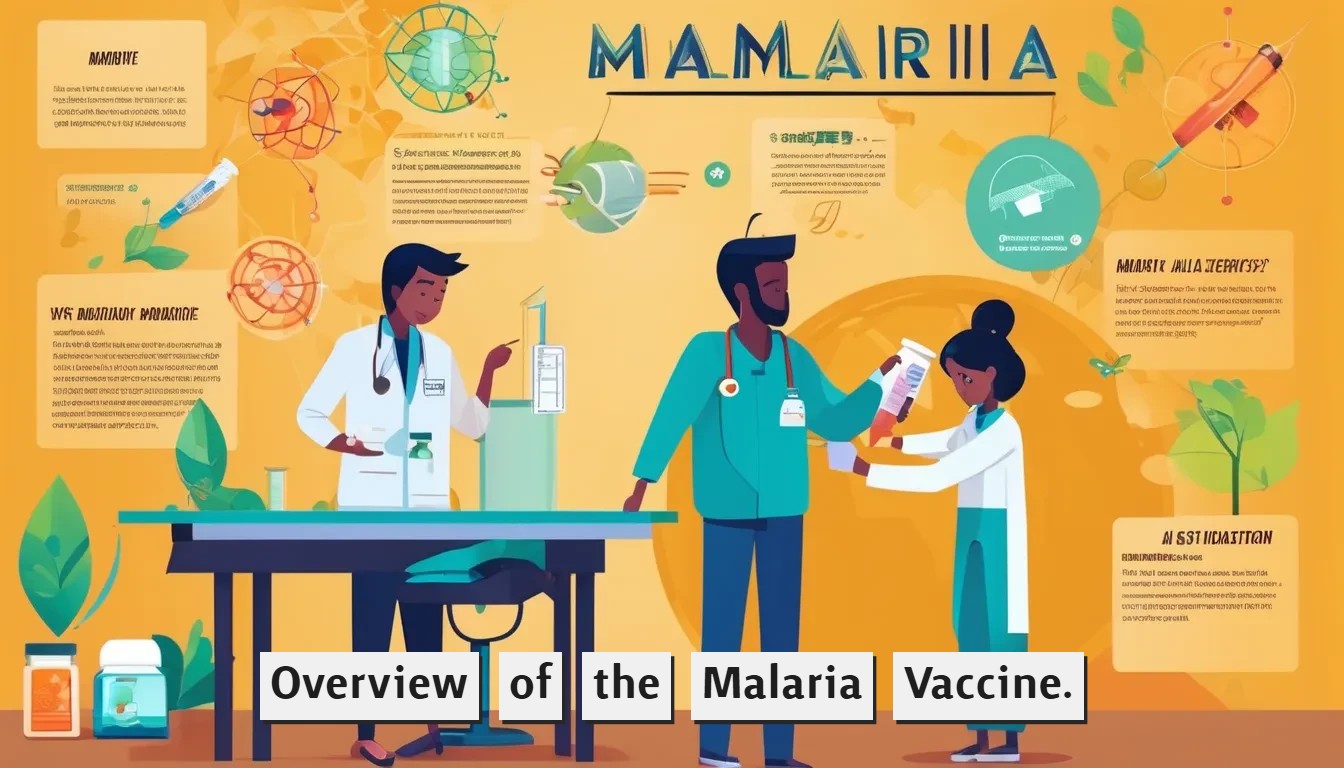Malaria is a fatal parasitic disease, one of the world’s most significant health threats, which mainly affects the population in tropical and subtropical regions.
This article proposes an insight into malaria, beginning with its definition, space, types, symptoms, Diagnosing tests, Treatment, and prevention. Major factors and challenges are explored in malaria to furnish an equitable and informative overview.
1. Definition of Malaria
Malaria is a dangerous disease associated with parasitic infection of the Plasmodium genus. The parasites transfer from a female Anopheles mosquito to a man through an infected bite.
Once inside, the parasites multiply significantly in the body and liver and infect red blood cells. This causes complications with body temperatures, ranging from fever to chills and sometimes also anemia.
2. Causes of Malaria
This was the major predisposing factor. Plasmodium is transmitted mainly through mosquito bites.
Five species of Plasmodium parasitize humans: P. falciparum, P. vivax, P. ovale, P. malaria, and P. knowlesi. Ecological factors, such as stagnant water, warm climates, and insufficient mosquito control, stimulate transmission.
3. Types of Malaria
The severity and symptoms of the disease, dependent upon the species of parasite, are described below:
- Plasmodium falciparum: This is the most dangerous species responsible for most malaria deaths.
- Plasmodium vivax: Due to dormant liver stages, it gives rise to recurring malaria.
- Plasmodium ovale: It resembles *P. vivax*, albeit less common.
Plasmodium malaria: It is responsible for mild malaria of relatively long duration in humans.
Plasmodium knowlesi: Primarily parasitizes monkeys, though it can tie into humans as well.
4. Initial Symptoms of Malaria
Malaria often shows its early signs within 10 to 15 days following an infected mosquito bite, which may include:
- . High fever
- . Chills accompanied by sweating
- . Headaches
- . Muscular pain
- . Extreme fatigue
- . Nausea and vomiting
Recognizing these symptoms quickly is essential for effective treatment and avoiding complications.
5. Diagnostic Testing for Malaria
To diagnose malaria, a blood test is necessary to identify the *Plasmodium* parasites. The most common testing methods comprise:
- Microscopic Examination: A blood smear is analyzed under a microscope.
- Rapid Diagnostic Tests (RDTs): These tests detect malaria antigens found in the bloodstream.
- Polymerase Chain Reaction (PCR): This method offers high sensitivity for confirming the presence of malaria.
6. Comparing Malaria and Typhoid Fever
Both malaria and typhoid fever can manifest with overlapping symptoms such as fever and fatigue, complicating differential diagnosis between the two conditions.
Co. infections are particularly common in areas where both diseases are prevalent. Therefore, accurate testing is vital to differentiate them effectively, ensuring suitable treatment is applied.
7. Overview of the Malaria Vaccine.

The RTS, S/AS01 (Mosquirix) The vaccine represents the first and only malaria vaccine approved by the World Health Organization (WHO).
It offers partial protection against *P. falciparum* malaria among children. Although this vaccine marks a considerable advancement in combating the disease, its effectiveness has limitations and should be used in conjunction with other prevention strategies like insecticide-treated bed nets and insecticides.
8. Recommended Antimalarial Tablets.
Antimalarial drugs play a crucial role in both treating active cases of malaria as well as providing preventive measures against it.
Notable medications include:
Chloroquine: Effective primarily against *P. vivax* and *P.o.vale*, though efficacy decreases significantly against chloroquine.resistant strains of *P.falciparum*.
Artemisinin. based Combination Therapies (ACTs): Recognized as first.line treatments for uncomplicated cases of *P.falciparum* malaria.
Mefloquine: Often prescribed for prophylaxis in regions additionally challenged by chloroquine resistance.
9. Antimalarial Medications for Adults Traveling Abroad.
Adults journeying to areas endemic with malaria may consider utilizing:
Atovaquone.Proguanil (Malarone): Known for being effective with relatively mild side effects.
Doxycycline: A budget. friendly alternative suited especially for long-duration travel plans outside their normal environment.
10. Best Malaria Syrup for Babies
For newborns and infants who are below five years of age, the following include the most prevalent drugs in suspension: Coartem Suspension (artemether.lumefantrine). Higher doses should be administered based on weight. All treatment options should be taken only under a qualified person’s supervision.
Challenges and Tradeoffs
These include the overall balance of prevention and treatment of malaria:
- . Drug-resistant strains of *Plasmodium* are creating major challenges for treatment.
- . Lack of healthcare services in endemic areas creates a burden of undiagnosed or untreated cases.
- . The currently available malaria vaccine is only partly effective, and it calls for up to four doses.
Importance of Prevention
Malaria prevention involves many integrated factors, such as:
- . The use of insecticide.treated mosquito nets;
- . Residual indoor spraying;
- . Awareness about the disease in the communities;
- . Building stronger vaccines and medicines.
Conclusion doctorbook
Malaria continues to be a problem in global health, but advances in diagnosis, treatment, and prevention open a window of hope for alleviating this burden.
Understanding the causes, symptoms, and interventions available allows members of the public and the community to take an active role against the disease.
Ongoing research and investment are critical to bring the world closer to using the ultimate eradication of malaria.
Thanks for visiting doctorbook.online